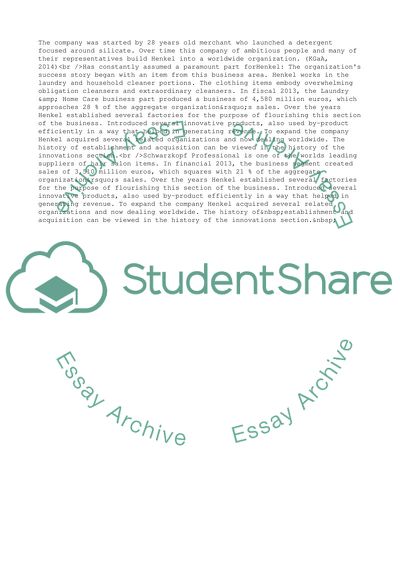Cite this document
(Interpreting Company Behavior: The Henkel Organization Report Example | Topics and Well Written Essays - 3750 words, n.d.)
Interpreting Company Behavior: The Henkel Organization Report Example | Topics and Well Written Essays - 3750 words. https://studentshare.org/business/1838001-interpreting-company-behaviour
Interpreting Company Behavior: The Henkel Organization Report Example | Topics and Well Written Essays - 3750 words. https://studentshare.org/business/1838001-interpreting-company-behaviour
(Interpreting Company Behavior: The Henkel Organization Report Example | Topics and Well Written Essays - 3750 Words)
Interpreting Company Behavior: The Henkel Organization Report Example | Topics and Well Written Essays - 3750 Words. https://studentshare.org/business/1838001-interpreting-company-behaviour.
Interpreting Company Behavior: The Henkel Organization Report Example | Topics and Well Written Essays - 3750 Words. https://studentshare.org/business/1838001-interpreting-company-behaviour.
“Interpreting Company Behavior: The Henkel Organization Report Example | Topics and Well Written Essays - 3750 Words”. https://studentshare.org/business/1838001-interpreting-company-behaviour.


